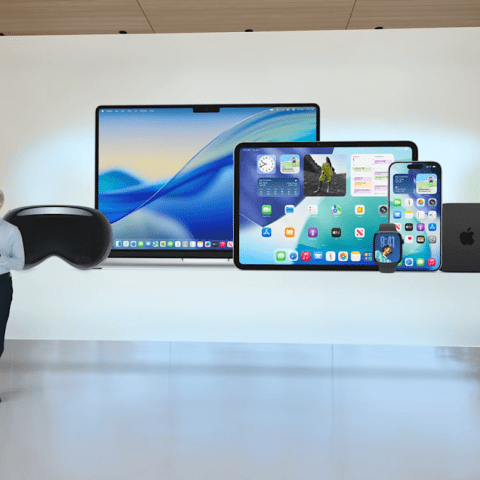The White House Family Theater has officially closed its doors. This week, the historic movie theater, which began its life in 1942, was demolished. This part of the East Wing had been transformed from a cloakroom into a space for presidents to unwind with films. The demolition is part of a project by Donald Trump to build a $300 million ballroom.
Since Franklin D. Roosevelt’s presidency, presidents and their families have enjoyed this theater. Roosevelt frequently watched wartime news reels here, keeping a close eye on important battles across Europe and Asia. He understood the role of entertainment, famously stating, “Entertainment is always a national asset. Invaluable in time of peace, it is indispensable in wartime,” back in 1943.
Interestingly, movies were already part of White House traditions before the theater was built. Woodrow Wilson even screened the controversial film “The Birth of a Nation” back in 1915, displaying it on the East Room walls. Later, every president from Hoover to Obama enjoyed film screenings, whether official events or private gatherings with family and friends.
Bill Clinton once noted that the best perk of being president wasn’t Air Force One, but rather the theater itself, where he could enjoy a variety of films. The theater evolved over time, featuring different designs and color schemes, but it held a special place in the lives of those who lived in the White House.
In January 1977, Jimmy Carter announced a new rule that only “family-friendly” films would be screened. However, this quickly backfired when he accidentally showed the X-rated film “Midnight Cowboy” not long after. Even Steven Spielberg reminisced in 2011 about screening “E.T.” for Ronald Reagan, recalling his humorous response as he thanked the director, remarking on its truthfulness.
The Family Theater wasn’t just a space for entertainment—it also served as a cultural touchpoint, showcasing the changing values and tastes of each administration. It’s a reminder of the connection between cinema, politics, and public sentiment. The loss of this theater marks the end of an era, with many questioning what this means for the future of cultural spaces in the White House.
For those interested in the history of the White House, extensive resources can be found at the White House Historical Association. They detail fascinating aspects of this space and its impact on American culture.
The demolition of the Family Theater raises questions about the preservation of historical sites and the balance between modernization and heritage. As we move forward, it’s crucial to reflect on the legacies of places that once provided joy and connection in the heart of American governance.




















